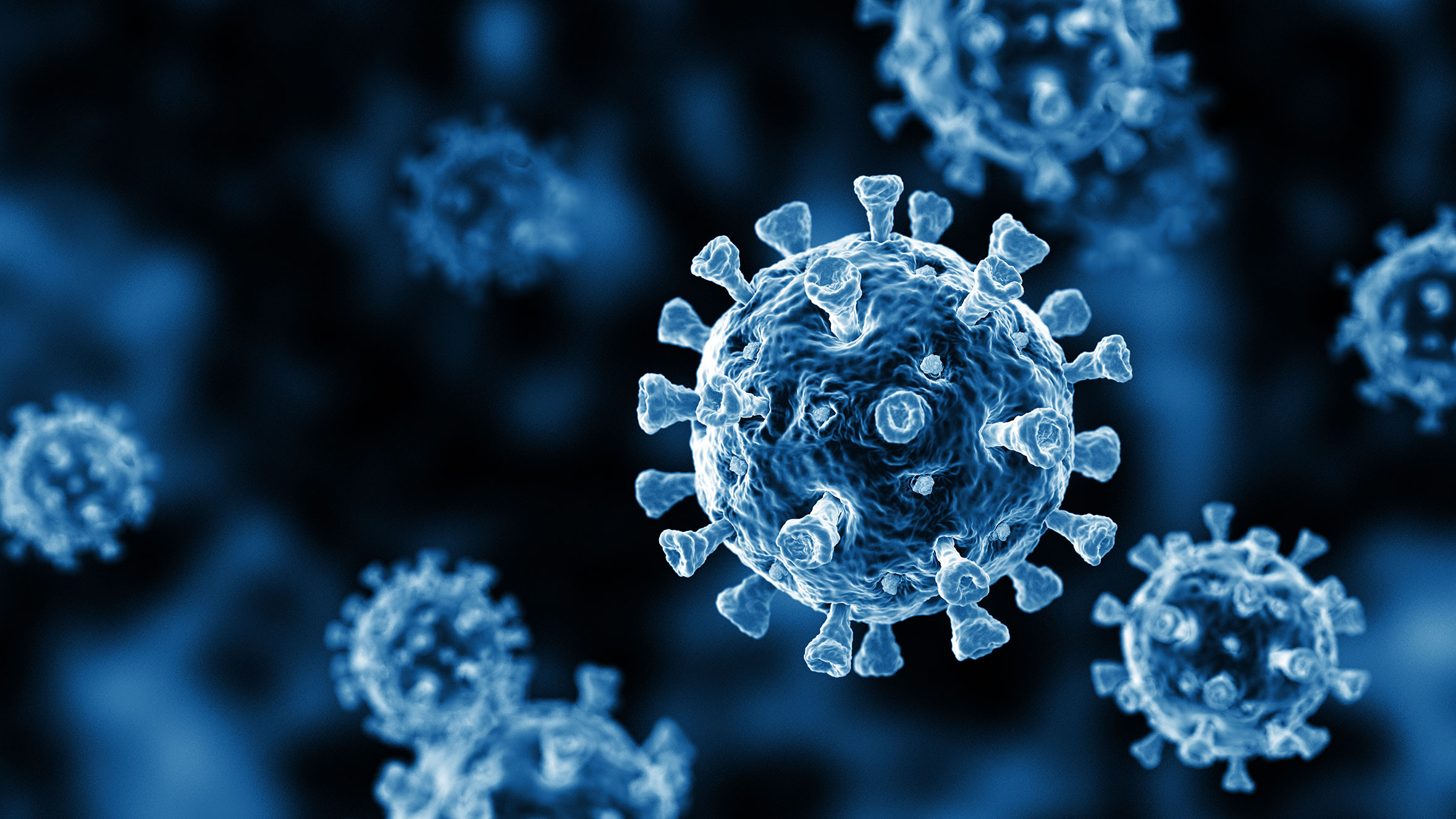
COVID transmission 1,000 times more likely from air than surfaces: Study

Air transmission of SARS-CoV-2, the virus behind the coronavirus pandemic, is 1,000 times more likely than surface transmission, according to a study at a university in the US.
University of Michigan’s (U-M) researchers collected air and surface samples during an environmental surveillance programme from August 2020 until April 2021 on their campus.
Also read: Rise in death numbers in 2020 not entirely due to COVID: NITI Aayog member VK Paul
The study, published last week in the Journal of Exposure Science & Environmental Epidemiology, looked at public spaces, including classrooms, rehearsal rooms, cafeterias, buses, gyms, student activity buildings, and ventilation and air ducts.
“The risk of surface transmission was 1,000 times lower than airborne transmission,” said Chuanwu Xi, a professor at U-M’s School of Public Health.
“We also found that the total case number of campus was significantly higher in weeks with positive environmental samples than in non-positive weeks,” Xi said in a statement.
Also read: Nobody can be forced to get COVID-19 jab: Supreme Court
For air samples, Xi and colleagues used wetted wall cyclone bioaerosol samplers, which suck in large volumes of air using a pump and capture any virus particles in the air.
For surfaces, researchers used swab kits. Overall, between August 2020 and April 2021, the researchers collected 256 air samples and 517 surface samples.
They found that positivity rates were 1.6% and 1.4%, respectively, and that probability for infection was about 1 per 100 exposures to SARS-CoV-2 aerosols through inhalation and as high as 1 in 100,000 from contaminated surfaces in simulated scenarios.
Also read: Vaccines for 5-17 age group: All you need to know about Corbevax, Covovax
The researchers noted that because the study was conducted during lockdowns on a college campus, no samples were collected in spaces with large gatherings of people, and some samples were only collected when a few people were present.
“Our results are a valuable addition to our understanding of infectious diseases and mitigation efforts during this pandemic, and can help prepare us for future outbreaks of respiratory diseases with similar transmission mechanisms,” said Rick Neitzel, a professor at U-Ms School of Public Health.
Also read: Indian start-up, IISc team up to develop COVID vaccine that doesn’t need refrigeration
“This is another layer of sophistication to evaluate major routes of transmission and to identify physical spaces where risks are higher and control measures in such space are essential and more effective to reduce the spread of the virus,” Neitzel added.
What WHO said on COVID transmission
According to the World Health Organization (WHO), “The virus spreads mainly between people who are in close contact with each other, for example at a conversational distance. The virus can spread from an infected person’s mouth or nose in small liquid particles when they cough, sneeze, speak, sing or breathe. Another person can then contract the virus when infectious particles that pass through the air are inhaled at short range (this is often called short-range aerosol or short-range airborne transmission) or if infectious particles come into direct contact with the eyes, nose, or mouth (droplet transmission).”
The virus can also spread in poorly ventilated and/or crowded indoor settings, where people tend to spend longer periods of time. This is because aerosols can remain suspended in the air or travel farther than conversational distance (this is often called long-range aerosol or long-range airborne transmission), the WHO said in December 2021.

